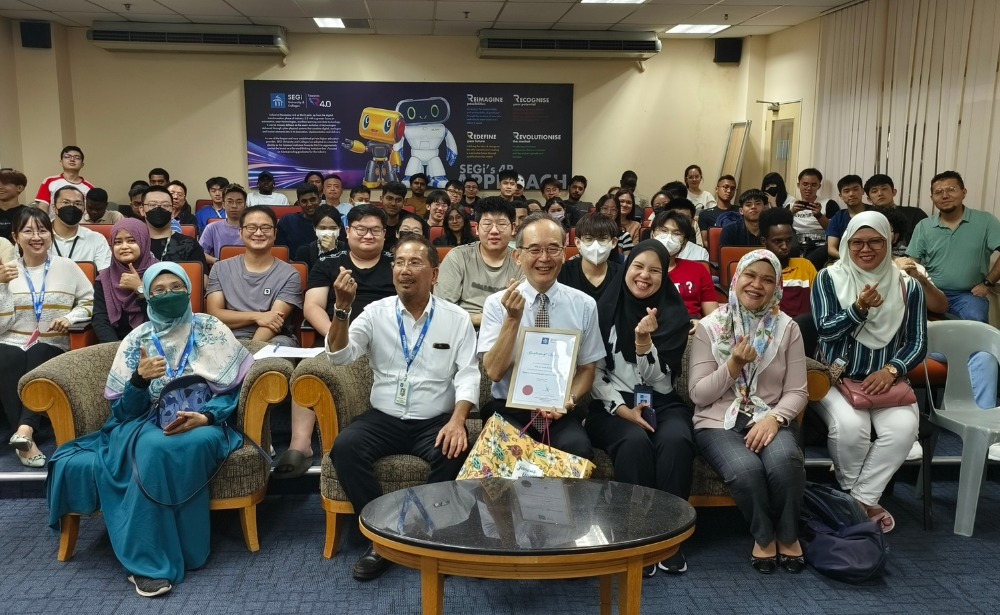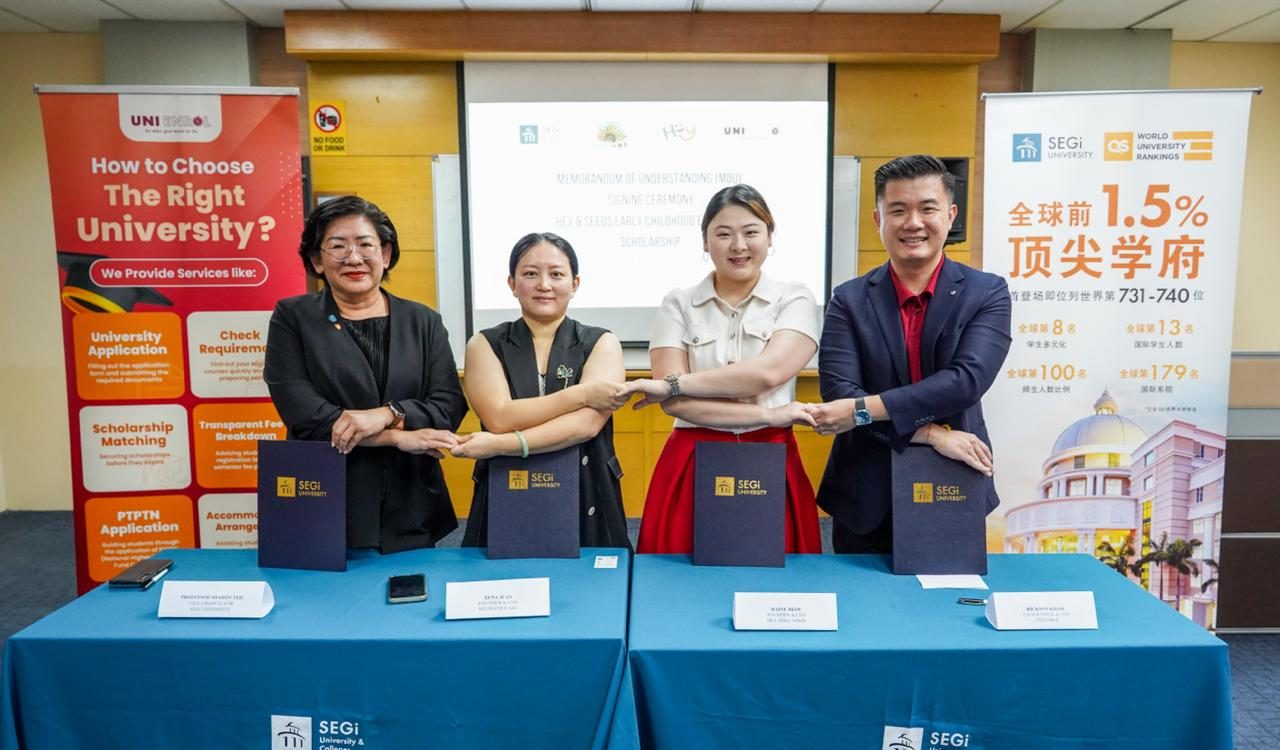On September 14, 2023, SEGi had the privilege of hosting Professor Fumio Kurosaki from Toyo University, Japan, for an enlightening industrial talk. The focus of his presentation was ‘Japan Rail Construction and Land Use Development in Japan,’ offering valuable insights and lessons for the Malaysian rail system.
Professor Kurosaki’s presentation delved into Japan’s experiences with railway success and its significant contributions to urban land development. The aim was to provide Malaysian railway stakeholders, whether from the public or private sector and regional land departments, with lessons to learn and reflect upon.
The Japanese experience was categorized into three model stages:
- Stage 1 – Rapid Population Increase Period (the Kobayashi Ichizo Model): This phase witnessed urbanization with a rapid population increase, highlighting the crucial role played by the railway during this demographic shift.
- Stage 2 – Gradual Population Increase (the Integrated Development Model): In this stage, the Kobayshi model faced challenges such as high costs and excess risk, but its importance remained evident.
- Stage 3 – Population Decreasing (“the Compact + Network” Concept): As population decreased, a new concept emphasizing compactness and network efficiency emerged.
The key takeaway from these three models underscored the paramount importance of collaboration among three key stakeholders: the railway company, the Malaysian or state government, and real estate developers, including banks. This collaboration, often referred to as Public, Private, Banking Partnership (PPBP) initiatives, was identified as a critical factor for success.
The presentation facilitated a comprehensive understanding of how Japan’s railway system evolved and adapted to different demographic scenarios. It also served as a platform for Malaysian stakeholders to consider collaborative approaches in shaping the future of the country’s railway and urban development initiatives.”




